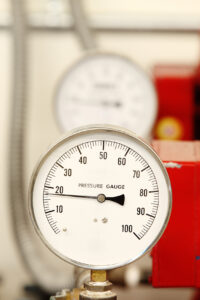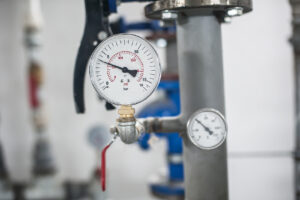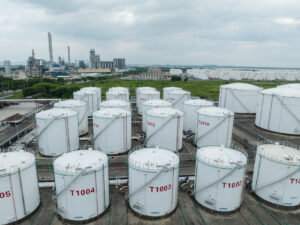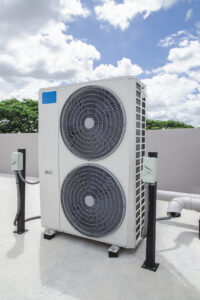Oil drilling platforms are complex environments where safety and precision are paramount. One of the key components in maintaining both is the pressure gauge, a critical instrument used to monitor and regulate various processes on the platform. Pressure gauges are employed across multiple stages of the drilling operation, ensuring optimal performance and preventing dangerous conditions.
Importance of Pressure Measurement on Drilling Platforms
Pressure gauges provide vital data to ensure that all systems are functioning within safe and efficient parameters. The gauges monitor pressures in critical systems such as blowout preventers (BOPs), mud pumps, pipelines, and wellheads. By continuously tracking pressure changes, these instruments help operators identify issues early, preventing costly equipment failures and potentially catastrophic accidents.
Key Areas of Application
- Blowout Preventers (BOPs)
BOPs are used to control well pressure and prevent blowouts, which are sudden and uncontrolled releases of crude oil or natural gas. Pressure gauges are crucial in these systems, ensuring that the well is properly sealed and that pressure remains within safe limits. - Mud Circulation System
In the drilling process, drilling mud is used to cool the drill bit, remove debris, and maintain pressure in the well. Pressure gauges in the mud circulation system monitor pressure changes that could indicate potential blockages or system malfunctions. - Wellhead and Valve Monitoring
The wellhead, which is located at the top of the well, is connected to a series of valves and pressure control devices. Pressure gauges here ensure that the pressure within the wellhead is stable, preventing issues such as overpressure, which could lead to leaks or structural damage. - Pipelines and Storage Tanks
Oil and gas flow through pipelines and are stored in tanks before transportation. Pressure gauges along these pipelines help monitor the flow and prevent dangerous surges or drops in pressure that could damage the infrastructure or lead to leaks.
Benefits of Pressure Gauges in Oil Drilling
- Safety
Pressure gauges enhance the safety of the entire drilling operation by detecting irregular pressure changes that could signal dangerous situations such as blowouts, leaks, or equipment failure. Early detection allows for quick intervention, reducing the risk of accidents. - Efficiency
Accurate pressure readings contribute to efficient operation by optimizing equipment performance. Pressure gauges help operators identify when systems are functioning suboptimally, enabling timely maintenance and adjustments to maintain smooth operations. - Cost Reduction
By preventing major failures and optimizing system performance, pressure gauges help reduce repair and operational costs. Early problem detection leads to fewer unplanned downtime events, saving money and improving the platform’s profitability. - Regulatory Compliance
Oil drilling operations are subject to strict regulations regarding environmental impact and safety. Properly maintained and calibrated pressure gauges ensure compliance with industry standards, helping platforms avoid fines and maintain their reputation.



